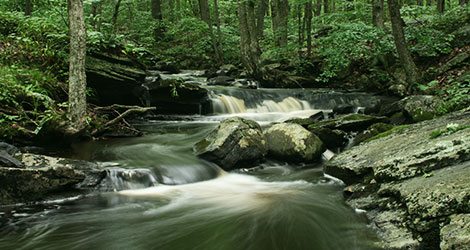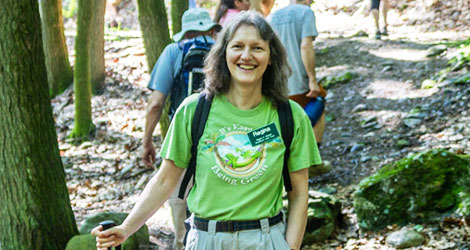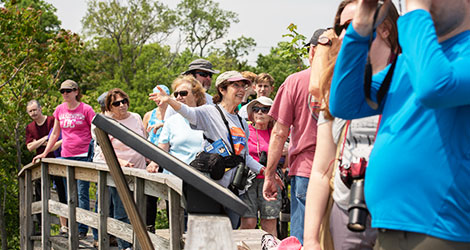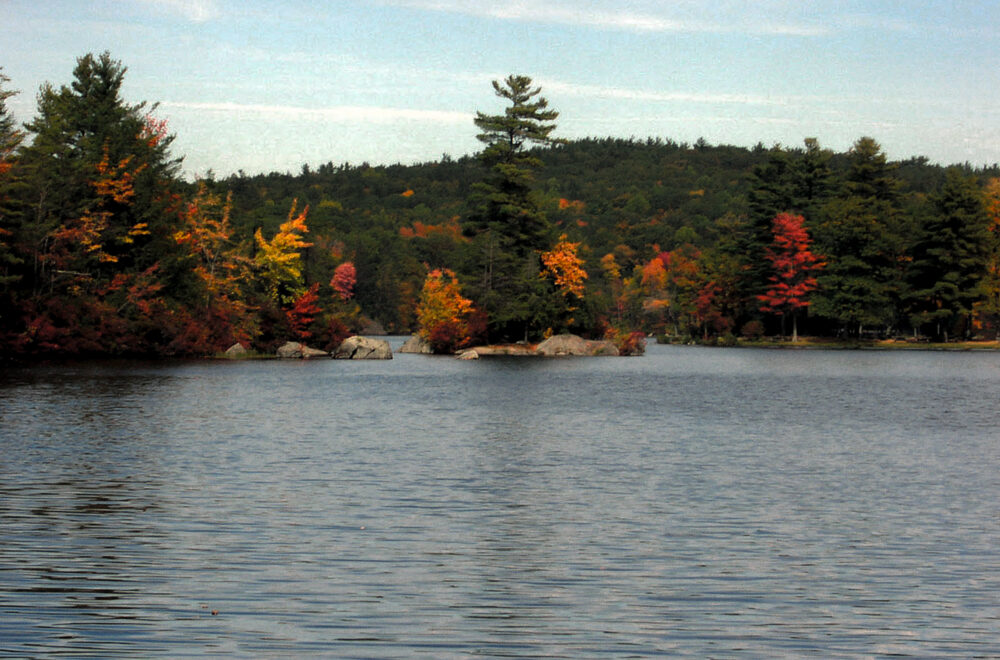Details
Trail Length: 2.5 miles
Towns: Torrington
Allowed Uses: Hiking & Mountain Biking
Partners: Connecticut Department of Energy & Environmental Protection (CT DEEP), Torrington Town Trails
Trail Overview
The Walcott Trail circles Burr Pond in Burr Pond State Park and is linked to the John Muir Trail via the blue-white blazed Muir/ Walcott Connector at the southern end of the pond. The area around Burr Pond abounds in hardwoods and hemlock with an understory of laurel and young striped maples and is studded with gigantic glacial boulders. The trail features Burr Mountain Brook, laurel-lined trail sections, and wonderful picnic spots.
The trail is named in honor of Senator Frederic C. Walcott (1869-1949). In 1909, Walcott started what is now known as the Great Mountain Forest with fellow Yale University graduate, Starling W. Childs. In 1913, Walcott and Childs convinced the newly formed State Park Commission to purchase 15,000 acres of “woods, lakes, and mountains for the purpose of reclaiming deforested land and preserving game”
Walcott became the President of the Connecticut Board of Fisheries and Game (1923-1928), Chairman of the Connecticut Water Commission (1925-1928), and was then elected to the United States Senate where he served from 1929 to 1935.
Under President Franklin Delano Roosevelt, Sen. Walcott served as the Chairman of the Senate Committee on the Conservation of Wildlife Resources and supported the newly formed Civilian Conservation Corps. On May 24, 1933, a Civilian Conservation Corps camp was located in the Paugnut State Forest (at what is now known as Burr Pond State Park) and was named in honor of the Senator. CCC Camp Walcott is where Philip L. Buttrick (former Board Secretary of CFPA) was stationed and was the forester that designed and built the loop trail around Burr Pond.
CFPA acknowledges we are on the traditional lands of the Mashantucket Pequot Tribal Nation, the Mohegans, the Eastern Pequot, Schaghticoke, Golden Hill Paugussett, Nipmuc, and Niantic peoples. We pay our respect to the Indigenous people who are no longer here due to colonization, forced relocation, disease, and warfare. We thank them for stewarding this land throughout generations. We recognize the continued presence of Indigenous people on this territory who have survived attempted genocide, and who still hold ties to the land spiritually and culturally. We shall be good stewards of the land we all call Quinnentucket, Connecticut.






